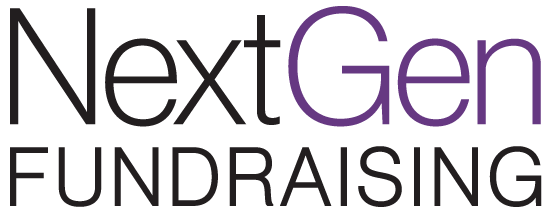Are you and your team constantly scrambling to meet deadlines?
Are you missing opportunities for cross-channel and cross-departmental coordination?
Are you struggling to build an authentic and relevant connection to online audiences?
If you answered yes to any of these questions, don’t worry. You’re not alone! 99.99% of nonprofits struggle to create and maintain content or editorial calendars for digital campaigns.
Okay. So, we made that stat up to see if you were paying attention. BUT the reality is that this is a significant challenge for many, if not most, organizations.
Nearly 40% of marketers identify content marketing as a very important part of overall marketing strategy—but fewer than 20% use an editorial calendar.
“Content marketing calendar” ranked #19 in Google searches for content marketing. That’s a lot of clicks and a lot of questions, some of which we can help answer today.
What Is a Content Calendar?
Simply put: a sanity saver. Content calendars provide a visual reference or plan for integrated communication across social, email, website, and external properties.
Content calendars help establish a cadence of communication and ensure that you are consistently reinforcing your mission and connecting with audiences. Think of this as a “hub” that includes the status on all deliverables, defines workflow deadlines, along with a holistic view to align responsibilities across your organization.
Why Do I Need a Content Calendar?
This is an easy one. Content calendars help you and your team stay organized; identify efficiencies across teams and channels; align with organizational goals and strategic plans; and, most importantly, share relevant and engaging stories with your audiences.
Content calendars provide the structure that supports real-time collaboration—something especially helpful for smaller, over-stretched teams that may be scrambling to meet deadlines or larger teams that may be remotely coordinating complex projects from different locations or countries.
What Are the Best Tools for a Content Calendar?
This is a bit tougher. Consider what works best for you and your team. Are you ready to dive into a spreadsheet, or do you want an at-a-glance overview?
That was a bit of a trick question! Different stakeholders at your organization—from leadership to social media managers—may need different presentations. Consider all users before committing to a tool.
We’ll cover platform recommendations in a separate article, but, no matter what you choose, it’s important to:
- Focus on the essentials and organize by campaign, channel, and date.
- Consider optional elements like image links, workflow, and reporting.
How Do I Get Started With a Content Calendar? (And How Do I Maintain a Calendar?)
Find your balance. Take the time to review your current content and audit across channels. Are you still aligned with your strategic plan? Are your performance goals still relevant? (Consider the impact of both internal and external shifts in performance criteria!)
A content calendar can help to work your way backward to build a timeline based on deadlines. For example, add deadlines and deliverables for your primary Calendar Year-End campaign to give yourself enough lead time to establish a workflow and cultivate audiences. (Don’t forget to build in time to indulge in brainstorming and ensure timely approval!)
Maintain momentum. Measure results and, as you optimize, remember that your strongest performing pieces can be repurposed as evergreen content. In the long run, your investment in building a content calendar will mean less work for stronger content—a win-win for any organization!

